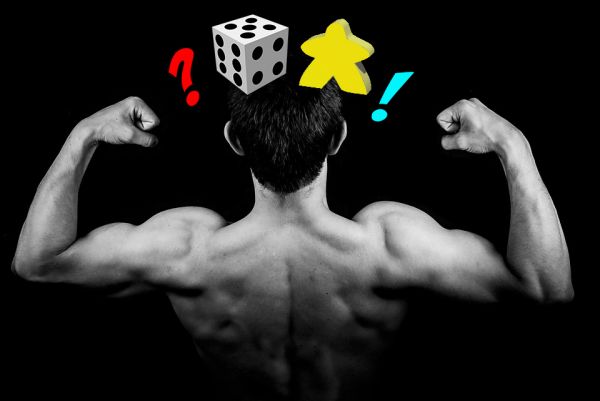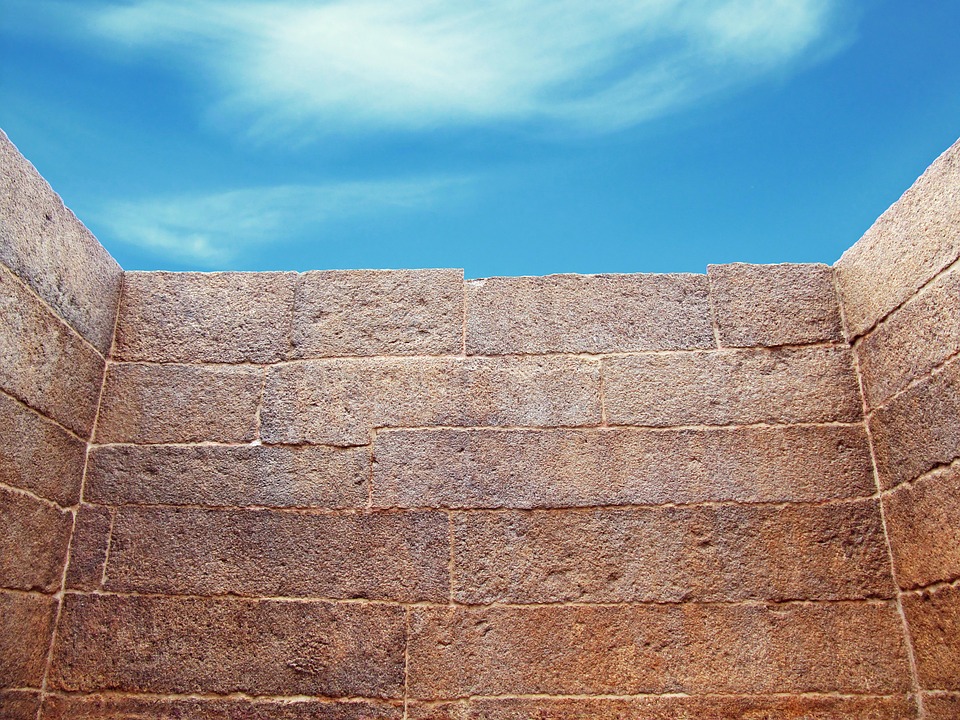4 Mental Exercises to Stretch Your Game Design Muscles

Creativity and Innovation are two of the biggest buzzwords in business. However, as much as they are touted as essentials, there are few resources to develop and hone an internal sense of creativity. I was lucky enough to be able to attend several seminars with Jeff Stamp — the founder of Baked Lays potato chips — while I attended the University of Florida, where he taught how to actively foster creativity rather than to just stumble upon it accidentally. In one seminar, he had everyone form teams and gave each team an empty Pringles container and created a scenario: Pringles went out of business and you have a large amount of these tube containers. What do you do with them?
The purpose of the exercise is to get people thinking about potential uses and see how divergently people will think. Plenty of teams found other uses for the container in storage, but a few began to tear apart the container and find other uses for the source materials. Exercises like these allow one to truly develop their creativity. I have developed a few such activities that I personally use to develop games and want to share my methods.
1) The Daily Game Theme Challenge
Nearly every day I take 5-minutes (usually in the morning) to come up with as many game theme ideas as possible. They are not all good. Most are actually pretty horrid. However, having to actively think and try to come up with as many interesting game themes in such a short period of time is a mind workout that specifically targets creativity.
Some days you’ll have fewer ideas but can really focus on developing out one idea that really caught your mind. Some days you’ll have a long list, but won’t particularly like any. And some days your list might be short and have all weaker concepts than you want. All these are perfectly reasonable and worthwhile outcomes as they help you realize what themes you’re passionate about and what ideas lie in your mind. Putting your mind to work and formulating ideas is a great creativity exercise.
Since it is only 5-minutes a day, it does not feel like a huge time investment and can help you work more creatively throughout the rest of the day, especially if you make it a habit to participate in the challenge in the morning.
This might also work with game mechanics. Though, likely it would be a challenge of fleshing out one mechanic idea rather than developing as many as possible in the allotted 5-minutes.
2) Creating Constraints
In game design, one of the most useful game design challenges to establish a game concept is a challenge of constraints. Adding a constraint on the type of components you may use (i.e. only card based) or the number of components you can use (i.e. 108 cards or less, 4 meeples, and 10 coins) is useful for a plethora of reasons. First and foremost establishing parameters for yourself will make it easier to conceptualize how the game is going to be played. Secondly, whether you decide to publish the game yourself or go to a publisher, the fewer components, artwork, etc. that your game needs the cheaper it will be to produce.
Some common constraints are to make a game with 18-cards or less (this is much more difficult than it sounds — but it is a lot of fun), and to make a card-only game with 108 cards or less. The number 108 is used because a standard manufacturing sheet will fit 54 cards so 108 cards is only two sheets (and thus less expensive than having say 120 cards, which would require three sheets).
Though, you can also establish your own constraints — possibly limiting the number of meeples you use or barring a certain game mechanic from being used, for example. Part of the beauty of constraints is forcing yourself out of your comfort zone, so set limits that will force you to think more about your design.

3) Expanding an Existing Game
Sometimes a game you’re familiar with and love to play often is the best way to start thinking creatively. Think of how you can change one of your favorite games. Be it an expansion idea, taking out/adding certain components, etc. Tear apart the game and look at the various mechanisms at play.
What mechanics does it primarily use? Who is the intended audience/what are the demographics of players of that game? How could the game be made better? Could any mechanic be slightly edited to make the game play better (i.e. faster, without as much leader bashing, etc.)?
Once you start coming up with ideas, prototype them out and playtest your creation. It might not be perfect the first try (100% chance that it won’t be). However, with enough testing and redesigns maybe you can create something interesting to change your game experience and develop your game design creativity muscles.
There is a lot of good with this exercise. Though, the one negative is unless you drastically change the game it is not going to be a concept that you can have produced. However, sometimes knowing that the game will never truly be produced will help you think more about the fun and less about the economics, which can be helpful.
4) Reworking a Tried and True Mechanic
Another thing you can do is either "borrowing" a popular mechanic from a game you enjoy and designing a different game around it or taking a mechanic you enjoy and changing it enough to make it unique in-and-of-itself. This is a common exercise that goes more into the actual mechanics of making a game. Once taking a deep look at the skeleton of other games, you’ll have a much better grasp on how to design your own games. Also, it is good practice to actively think about and question why other games are popular, what makes games "fun," etc.
Curiosity might have killed the cat, but an internal curiosity will make your game designs better. Be curious. Question your experiences with other games: why do you dislike certain games, why do you like others?
Maybe the game you create will even find a better use for the mechanism than the original game you found it in. And it might just be a good enough game to try to get published (or self-published).
Conclusion
Creativity is a muscle that requires constant attention. Don’t just wait around hoping that you’ll spawn a creative idea. Work to actively build up your creativity doing regular game design exercises. There are several things you can do: a game theme challenge, establishing constraints, making an expansion to an existing game, and reworking a tried-and-true mechanic. Ultimately, it is up to you to work actively to challenge the bounds of your mind and create the coolest games possible.




